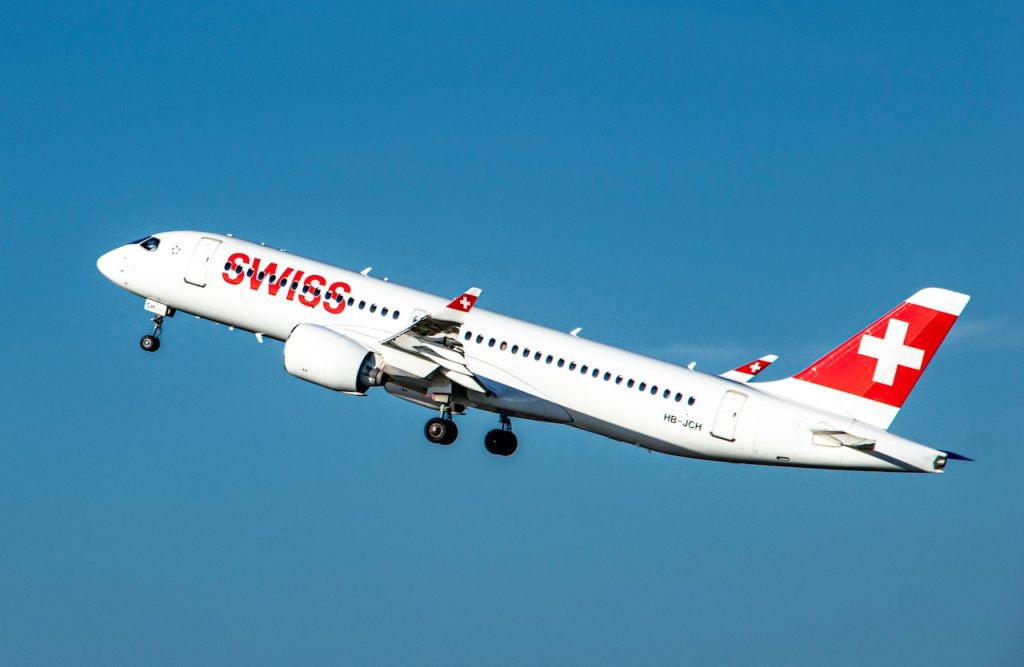9 Things You Need to Start Planespotting
Planespotting is a fascinating hobby that combines photography, aviation, and a passion for capturing stunning images of aircraft.

If you’re interested in getting started in this niche corner of the photography world, it’s essential to know what equipment you need.
In this article, we will discuss the eight most important things you need to start planespotting and enhance your experience. So let’s dive right into it!
Essential Gears You need For Plane Spotting
1. Camera:
As planespotting involves capturing stunning photographs of aircraft, a camera is an absolute must-have.
You can start with a basic point-and-shoot camera or opt for a more advanced DSLR or mirrorless camera.
These advanced options, like the Sony A73 or A7 III, offer superior image quality and low-light performance.
Ultimately, the choice between a DSLR and a mirrorless camera comes down to personal preference.
2. Lenses:
Choosing the right lenses is crucial for planespotting. Telephoto lenses are ideal for shooting aircraft from a distance, allowing you to capture detailed shots and fill the frame with your subject.
These lenses have a higher focal length, allowing you to shoot farther and fill the frame with your subject.
Some popular telephoto lenses for planespotting include the Sony 200-600mm and the Sony 70-200mm f/2.8.
Additionally, investing in a wide-angle lens, such as the 16-35mm f/4, can be beneficial for capturing close-up shots of entire aircraft or airport terminals.
3. Binoculars:
While not mandatory, a pair of binoculars can greatly enhance your planespotting experience.
Binoculars allow you to observe aircraft in detail, especially when they’re at a distance or in the sky.
They help you identify airline liveries, read aircraft registrations, and appreciate the finer details of aviation.
4. Memory Card:
With the high volume of photos you’ll be taking, a reliable memory card is essential.
Choose a memory card with sufficient storage capacity to hold at least a day’s worth of photos, considering factors like your camera’s megapixel count.
Aim for a card size of 32GB or higher, depending on your camera’s specifications. Additionally, ensure the card has a fast write speed to handle continuous burst shots.
5. Extra Battery:
To avoid missing out on important shots during long planespotting sessions, it’s wise to carry an extra battery. Having a backup ensures that you can continue shooting without interruptions when your camera’s battery runs low.
6. Camera Bag:
As you’ll be carrying your camera, lenses, batteries, and other accessories, investing in a good camera bag is crucial.
Look for a bag with enough compartments and pockets to accommodate all your gear comfortably.
Customizable bags with features like Peter McKinnon’s photographer bag are excellent options for organizing your equipment effectively.
7. Tripod:
If you plan to capture long exposures or night shots, investing in a tripod is highly recommended.
A tripod is invaluable when it comes to stabilizing your camera and capturing long exposures or night shots.
It allows you to use longer shutter speeds and prevent blurry images. Consider a tripod if you plan on taking de-icing shots or capturing aircraft during nighttime operations.
8. Apps and Websites:
Several apps and websites can enhance your planespotting experience.
Flight Radar 24 is a popular app that offers a live map view of commercial flights worldwide, enabling you to track aircraft and explore arrival and departure schedules.
LiveATC.net provides access to air traffic control frequencies, allowing you to listen to communications between pilots and controllers, which can be useful for predicting runway configurations and aircraft movements.
Weather apps like Windy can help you monitor wind direction and strength, aiding in predicting runway configurations and changing weather conditions.
9. Editing Software:
After a productive day of planespotting, having editing software is essential to enhance and fine-tune your photos.
Adobe Lightroom and Photoshop are widely used, offering powerful editing capabilities and precise control over image adjustments.
There are also alternative software options available, such as Topaz and Luminar, as well as free mobile editing apps.
Conclusion:
Planespotting is an exciting and rewarding hobby for aviation enthusiasts and photography lovers.
By equipping yourself with the right gear and utilizing useful apps and websites, you can elevate your planespotting experience to new heights.
Remember to choose the binoculars, camera and lenses that suit your purpose and budget, invest in quality memory cards and batteries, and carry essential accessories like a tripod and camera bag.
More Read: Do Binoculars Enhance Airshow Experience
